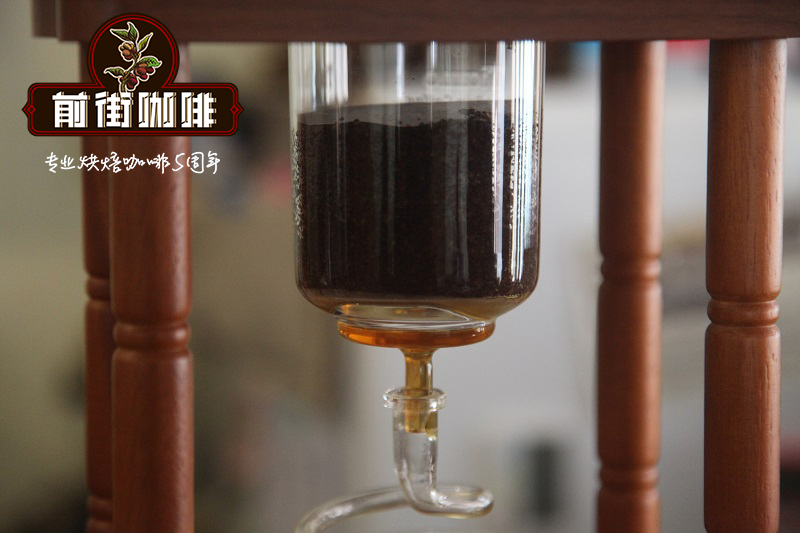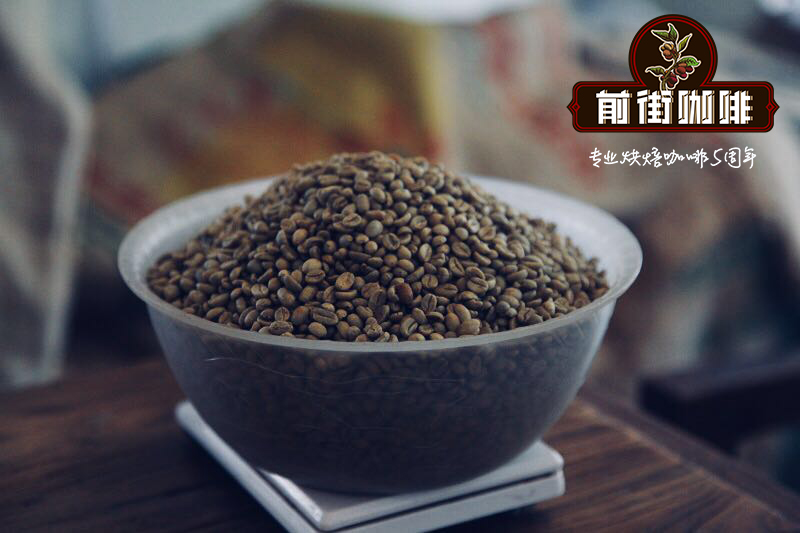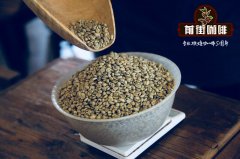What's so special about coffee treated with Essex and Shifei honey? Introduction to the treatment process of Koke cleaning Station

Country of origin: Ethiopia
Region: Yega Xuefei
Production unit: donors to small farmers in Koke cleaning station
Variety: Jiulumi, Degas, Voriso
Treatment: honey treatment
Harvest: November to March
Cup test: Jasmine, peach, blueberry, coconut

Yirgacheffe literally translates as "the land of many springs", with ideal topography, altitude and water source, can produce and process high-quality coffee. Yirgacheffe is a town or county in the ethnic and people's area (SNNPR) of southern Ethiopia, including many towns, and is one of the most prosperous areas in the world. Yirgacheffe is part of the SNNPR Gedeo region, which borders Worda to the south of Kochere, Oromia to the west, Wenago to the north, Bule to the east and Gedeb to the southeast. Irgachev World (Yirgacheffe woreda) is 409km from the Ethiopian capital, Addis Ababa (Addis Ababa), with a population of nearly 200000, less than 10 per cent of whom live in cities.
Coffee farmers in Yirgacheffe are usually multigenerational, small-scale landowners, sometimes with only a few acres of land. Most of Yirgacheffe's coffee is sold as cherries to centralized cleaning stations to help further separate flavors. Many farmers also grow the self-sufficient crop enventricosum, also known as fake bananas.
Yirgacheffe is considered by many to be the birthplace of coffee, and the coffee trees planted in this area are a natural mixture of heirloom varieties grown naturally in coffee gardens and coffee forests. Washed coffee was introduced to Ethiopia in the 1970s, and Yirgacheffe was home to the first wet processing plant.
The climate of Yirgacheffe is called warm zone climate. The rainfall in winter is much less than that in summer, the average annual rainfall is 1525mm, and the difference between the driest and driest months is 246mm. The average temperature in Yirgacheffe is 18.4C.

Coffee grown in many areas of the Gedeo region and in kebeles is often referred to as heirloom varieties, many of which have been spread and distributed to farmers over the past 40 years. Read more about common Ethiopian coffee varieties. Trees grow in fertile reddish-brown soil, including Bibira, Cordia Africana and Ensete ventricosum, a self-sufficient crop.
In southern Ethiopia, farmers selectively pick coffee and pick only ripe cherries by hand. Pickers rotate in the woods every eight to ten days, choosing only the cherries with the highest maturity.
Many pickers average about 100 to 200 pounds of coffee cherries a day and can produce 20 to 40 pounds of coffee beans. Carefully weigh each worker's daily workload and pay each picker according to the merits of his work. Then transport the day's harvest to the processing plant.
Washing station
The Koke cleaning station is named after Koke kebele (or town) and is located in the Yirgacheffe district of Gedeo district. Ally has established a long-term relationship with the family-owned Koke cleaning station, which was built in 2011 and has made many improvements since 2015, when staff at the cleaning station began to provide guidance to producers on steps to improve the quality of coffee. We have provided feedback to Koke and have been purchasing with them for more than five years, and we look forward to a fruitful partnership for many years.
Koke station is located on the hillside, and there is coffee above and below the station. For the past three years, Koke station managers have been isolating high-altitude cherries for Ally, and its quality is obvious. Ninety-six small-scale farmers have provided Coca-Cola with cherries, most of which are multi-generation family farmers.

Honey processing
Like the natural process, the Coca-Cola honey processing process begins by drying coffee in cherries for two days. The cherries were then starched and dried on 89 raised beds in Koke for 18-21 days. The extra time when the mucus comes into contact with the beans adds fruit flavor to the cup shape.
Coffee is ready for export at Tracon Trading's coffee cleaning and storage plant on 30000 square meters of land in Addis Ababa. The factory is equipped with modern Pinhalense coffee processors and Buhler Z + color sorters. The machine can handle six tons per hour. The beans are sorted by the last hand on the conveyor belt. The plant's six silos have a capacity of about 15000 metric tons. The warehouse is clean, well lit and well ventilated, making it an ideal choice to maintain the quality of coffee.
Important Notice :
前街咖啡 FrontStreet Coffee has moved to new addredd:
FrontStreet Coffee Address: 315,Donghua East Road,GuangZhou
Tel:020 38364473
- Prev

What are the flavor characteristics of Honduras Skopan coffee? Detailed explanation of triple anaerobic fermentation treatment
Country of origin: Honduras: Copan altitude: 1300m Variety: Kaduai treatment: triple anaerobic treatment Flavor, Orange Copan Copn is one of the six main coffee growing areas in Honduras. In the northwest mountains of the country, along the border between Honduras and Guatemala, Copan's coffee is grown on farms 1000-1500 meters above sea level. Annual precipitation of Copan
- Next

What are the characteristics of El Salvador bourbon coffee? What kind of coffee can represent the flavor of Saudi Arabia?
Country: El Salvador producing area: Apaneca-Irametepec Farm: San Matede Variety: bourbon treatment: honey treatment Flavor: balance, Green Apple, toffee Apaneca-Irametepec Apaneca-Ilamatepec Mountains throughout the Ahuachapan,Santa Ana and Sonsonate departments of northwestern El Salvador bordering Guatemala. The first to come from dangerous land
Related
- Detailed explanation of Jadeite planting Land in Panamanian Jadeite Manor introduction to the grading system of Jadeite competitive bidding, Red bid, Green bid and Rose Summer
- Story of Coffee planting in Brenka region of Costa Rica Stonehenge Manor anaerobic heavy honey treatment of flavor mouth
- What's on the barrel of Blue Mountain Coffee beans?
- Can American coffee also pull flowers? How to use hot American style to pull out a good-looking pattern?
- Can you make a cold extract with coffee beans? What is the right proportion for cold-extracted coffee formula?
- Indonesian PWN Gold Mandrine Coffee Origin Features Flavor How to Chong? Mandolin coffee is American.
- A brief introduction to the flavor characteristics of Brazilian yellow bourbon coffee beans
- What is the effect of different water quality on the flavor of cold-extracted coffee? What kind of water is best for brewing coffee?
- Why do you think of Rose Summer whenever you mention Panamanian coffee?
- Introduction to the characteristics of authentic blue mountain coffee bean producing areas? What is the CIB Coffee Authority in Jamaica?

